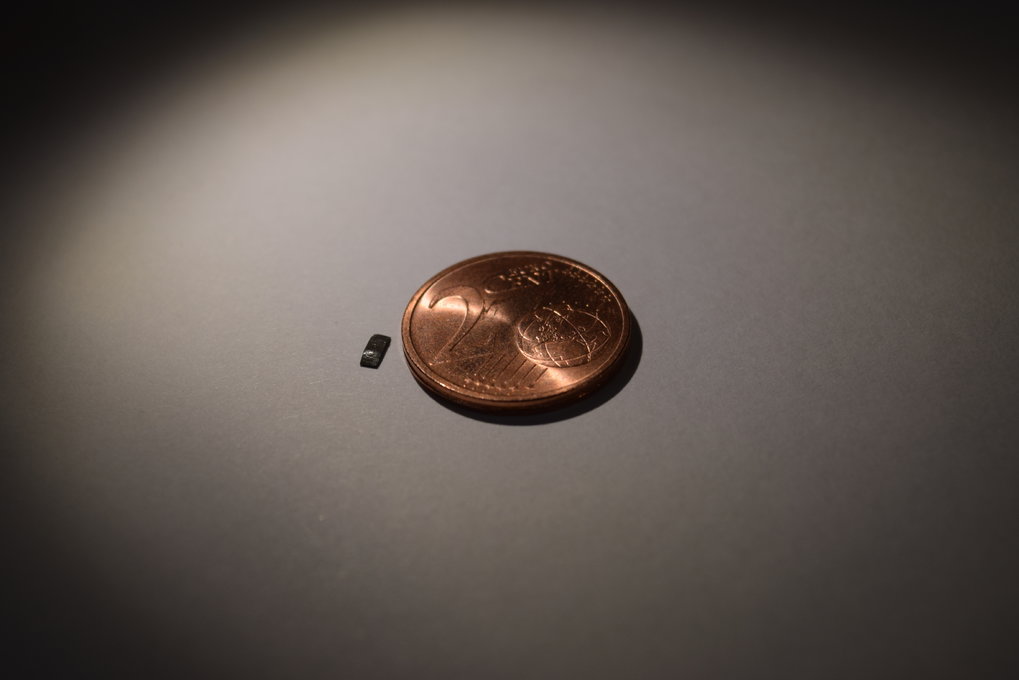Crawly Caterpillar-like Bot Navigates through the Body Delivering Drugs
Quirks of caterpillars and jellyfish Inspire “Millirobots” that walk, climb, jump and swim through difficult terrain in order to deliver drugs to targeted areas.
We might as well one day be saying “Its time take your bots!”
And I, for one, am looking forward with great enthusiasm to this day. I’d rather swallow tiny bots as opposed to those hellish, icky pills.
Untethered small-scale (from several millimetres down to a few micrometres in all dimensions) robots that can non-invasively access confined, enclosed spaces may enable applications in microfactories such as the construction of tissue scaffolds by robotic assembly, in bioengineering such as single-cell manipulation and biosensing, and in healthcare such as targeted drug delivery and minimally invasive surgery.
However, the existing small-scale robots have very limited mobility because they are unable to negotiate obstacles and changes in texture or material in unstructured environments.
But now, a German research team has developed a robot that is about a seventh of an inch long and looks at first like no more than a tiny strip of something rubbery. Then it starts moving. The robot walks, jumps, crawls, rolls and swims. It even climbs out of
the pool, moving from a watery environment into a dry one.
The robot prototype is small enough to move around in a stomach or urinary system, said Metin Sitti, head of the physical intelligence department at the Max Planck Institute for Intelligent Systems in Stuttgart, Germany, who led the research team.
“We looked at the physical mechanism of locomotion of soft-bodied caterpillars and jellyfish and The researchers from the Stuttgart-based Max Planck Institute for Intelligent Systems found inspiration for the development of the manoeuvrability talent in nature: “When we build robots, we look at the mechanics of the movement of soft-bodied biological organisms, for example, and are inspired by them“, says Metin Sitti.”With our millirobot, the result is a mix of several soft creatures such as beetle larvae and caterpillars. However, a spermatozoid and a jellyfish also served as models.”

The secret is magnetism. The millirobot, which resembles a very small rectangle of paper about four millimeters in length, is made of an elastic polymer threaded through with magnetic particles. Using existing magnetic-resonance technology, such as an ultrasound machine, doctors can control the movement of the bot inside the human body.

The magnetic microparticles that are embedded into the bot’s system allow the researchers to operate and control it using an external magnetic field. By varying the strength and direction of the magnetic field, they deform the rubber strip in different ways. This allows the millirobot to complete an obstacle course similar to what would be encountered in the human body: it can walk or roll across surfaces, jump across obstacles, crawl through narrow tubes and swim on or in liquids. In addition, it can grasp objects, transport them and deposit them at defined locations.

That means the robot can potentially be deployed anywhere that physicians need to deliver a particular drug or other medical material — in the digestive tract, say, or even within the blood stream.
The team tested the bot in a synthetic surgical stomach model and in chicken meat tissue, where the artificial multi-talent demonstrated excellent results. When the researchers could not observe it directly, they tracked where and how exactly the robot made his way forward using ultrasound imaging.
Great challenges still need to be overcome before such a millirobot can be used in patients: for example, it needs to prove that it can be controlled within the human body. However, the researchers are confident that these hurdles can be taken.
With the aid of such millirobots, a surgeon would have direct access and precise control in areas of the body that can only be penetrated using a scalpel today. “Without surgery, it is currently not possible to gain access to many areas of the body. Our objective is to make these regions accessible non-invasively using our soft millirobot to perform diagnosis and therapy,” says Metin Sitti.
“Our objective is that our millirobot will one day transport medication to where it is needed – similar to a parcel delivery to the front door“, says Metin Sitti. “We aim to use it in minimally invasive medical procedures on the patient: either by swallowing the robot or by inserting it into the body through a small opening on the skin. From there, the robot can then move through the digestive tract or the bladder, or on to the heart – we envisage numerous possibilities.“






























